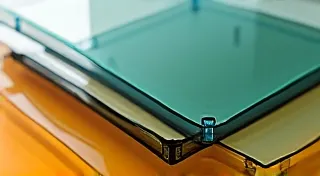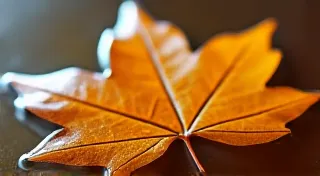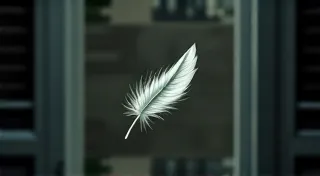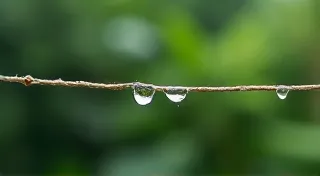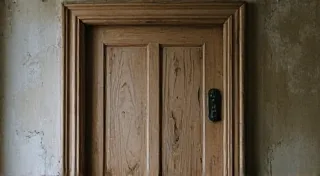Sepia Tones & the Poetry of Memory's Hue
There’s a particular scent that clings to vintage cameras, a dusty mix of leather, metal, and time. It's more than just an aroma; it's a sensory portal, transporting you not just to a different era, but to the very heart of memory itself. And often, accompanying that scent, is the soft embrace of sepia tones, a visual cue so deeply ingrained in our collective consciousness that it instantly evokes a feeling of nostalgia, of longing for a past we didn't necessarily live through, yet somehow feel intimately connected to.
The rise of photography fundamentally altered how we understood and preserved time. Before, memories were fleeting, reliant on fallible recall and passed down through generations, often embellished or distorted with each retelling. Photography offered a tangible record, a slice of a moment held captive in silver and glass. But early photographic processes, particularly those prevalent in the late 19th and early 20th centuries – think albumen prints and early gelatin silver – were naturally prone to fading, yielding those characteristic muted browns and ochres we now recognize as “sepia.” While early photographers *did* sometimes use color processes, the sepia tone often emerged organically, a byproduct of the chemistry and the passage of time.
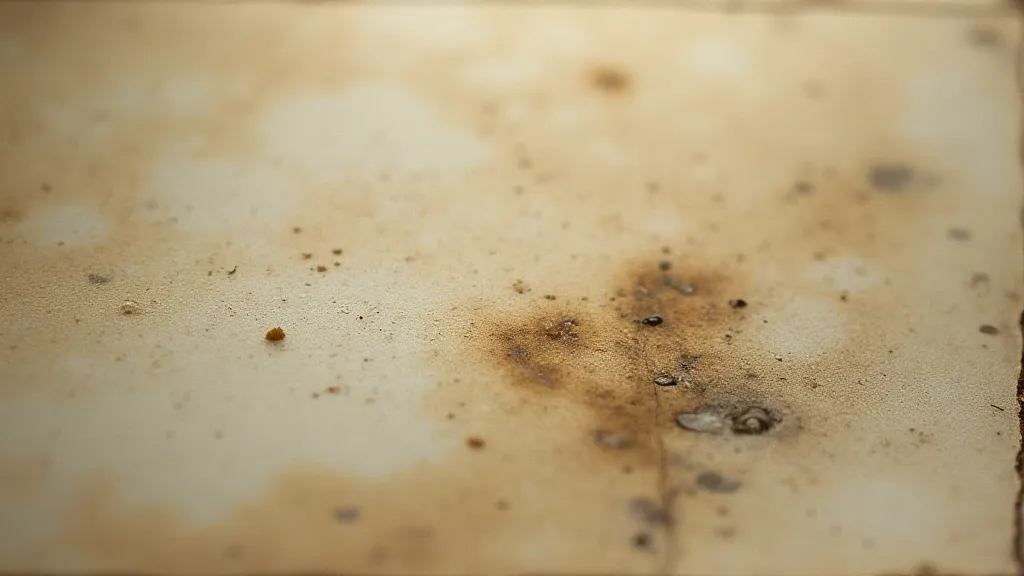
The Alchemy of Nostalgia
It's fascinating how a color *absence* can be so powerfully evocative. Why do sepia tones trigger such a visceral response? It's not simply about aesthetics. It’s about the stories they tell, the unspoken narratives they embody. The sepia image often represents a period – a time of simpler lives, grand gestures, and a slower pace. We associate it with family albums, portraits of stern-faced ancestors, and landscapes rendered in a soft, romanticized light. These aren’t necessarily accurate representations of the past; they are curated fragments, imbued with the selective lens of memory.
I remember finding my grandfather’s old photo albums as a child. They were massive, bound in thick, embossed leather, their pages brittle and fragrant. Each image was a window into a world I’d never known – my grandmother in her flapper dress, my grandfather as a young man brimming with optimism, family gatherings filled with laughter and unfamiliar faces. The sepia tones didn’t just color the images; they coated them in a layer of reverence, a sense that these were precious, irreplaceable treasures. It instilled in me a profound respect for the past and the people who came before.
Craftsmanship & the Echo of Hands
Restoring vintage viewfinders, and the cameras they belong to, is a delicate process. It's not about erasing the passage of time, but preserving it, allowing future generations to connect with the history embedded within these objects. The process often reveals the incredible craftsmanship that went into their creation. Many antique cameras were meticulously assembled by hand, each component a testament to the skill and dedication of the artisan. The leather bellows, the precision gears, the intricate mechanisms – all speak to a level of care and attention that’s often lost in today’s mass-produced world.
I’m particularly drawn to the accordions built into early viewfinders – simple, but ingenious systems for adjusting focus and composition. They often involved painstakingly crafted levers and springs, showcasing a remarkable understanding of mechanical principles. Trying to restore one is like deciphering a puzzle left behind by a forgotten genius. It's humbling to realize the ingenuity required to create these devices, and rewarding to see them function again, revealing a piece of history brought back to life.

Evoking Nostalgia in Writing
As writers, we can harness the power of nostalgia to connect with our readers on a deeper emotional level. While we can’t literally reproduce the visual cues of sepia tones with words, we *can* evoke the feelings they inspire. How do we do that?
- Embrace Sensory Detail: Don't just describe what something looks like; describe how it smells, feels, sounds, and even tastes. Evoke the textures of worn leather, the scent of old paper, the click of a mechanical shutter.
- Focus on Relationships: Nostalgia is often tied to memories of loved ones. Focus on the connections between people, the shared experiences, the unspoken bonds that endure across generations.
- Employ Restrained Language: Overly dramatic prose can detract from the feeling of nostalgia. Use simple, evocative language that suggests more than it states. Let the reader fill in the gaps.
- Create a Sense of Loss: Nostalgia is inherently bittersweet. Acknowledge the passage of time, the inevitability of change, and the longing for what once was.
- Focus on the Mundane: Often, the most powerful memories aren't grand events, but the small, everyday moments that defined a time and place.
Consider this example. Instead of saying "The photograph was old and faded," try something like: “The edges of the photograph were brittle, the paper thin enough to see the grain of the wood beneath. A faint scent of lavender clung to it, a lingering echo of my grandmother’s garden.” The latter creates a more immersive and emotionally resonant experience for the reader.
Preserving the Legacy
Restoring vintage viewfinders isn't just about fixing broken parts; it’s about preserving a legacy. It’s about ensuring that these objects, and the memories they hold, continue to inspire and connect us to the past. It's a reminder that time may march on, but the echoes of those who came before us will always linger, captured in the soft, enduring glow of sepia tones. These aren’t just cameras; they're tangible links to a world slipping away, demanding to be remembered, appreciated, and cherished.

